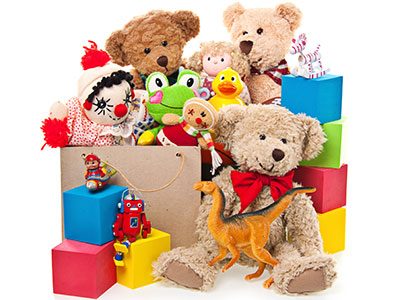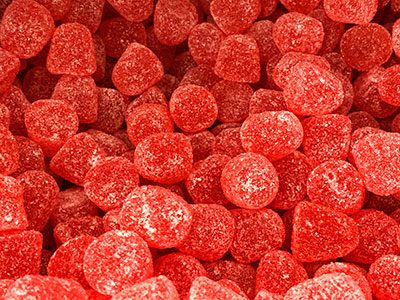While dressing up in costumes and trick-or-treating around the neighborhood can bring fun for the entire family, this is also an important time of year to talk about the damage those sweets can cause to teeth over time. Especially since October is National Dental Hygiene Month. With that in mind, here are seven tips for keeping your Halloween tooth-friendly this year.
- Steer clear of sticky and gooey candies. Caramel, gummies or chewy sweets like fruit snacks are among the most harmful Halloween treats for oral health. These types of sweets are more difficult to remove from teeth, and the longer they stick around the more likely they will damage teeth. It’s also a good idea to limit lollipops – they take a long time to dissolve, coating the teeth with sugar for more time than something like an M&M would.
- Beware of hard candies that can cause breakage. Around Halloween, dentists commonly see a spike in broken teeth caused by biting into hard candies, such as lollipops. These types of candies are almost as hard as children’s teeth, and when bitten into can cause or worsen existing tooth sensitives.
- Treat yourself to (dark) chocolate. Dark chocolate, a favorite for many parents to keep around the home, is rich in antioxidants and serves as a great substitute for other Halloween treats. Parents should also consider replacing sticky, chewy treats with items such as crackers and pretzels, or other small toys.
- Eat candy at mealtimes. Pack some candy in your kid’s lunch! Excess saliva produced when we eat food helps wash the sugar off of our teeth. Following a meal with a glass of water or an apple helps with this as well.
- Establish a dental home. Find a dentist for your child for regular checkups and specific advice based on what your child’s teeth need.
- Brush twice daily. Parents should start brushing their children’s teeth with a toothbrush as soon as the first tooth comes into their mouth.
- Pick a toothpaste with fluoride. Kids age 3 and younger just need a smear on their toothbrush’s color spot in the middle of the bristles. Ages 3-6 should get a pea sized drop on that area.
Even dentists let their children eat candy. It’s reasonable, it’s rational, and like everything else, it should be done with moderation and with thoughtfulness.
 https://riseandshine.childrensnational.org/wp-content/uploads/2025/12/Mom-nursing-feature.jpg
300
400
Rise and Shine
https://riseandshine.childrensnational.org/wp-content/uploads/2017/11/childrens_riseandshine_logo.jpg
Rise and Shine2025-12-04 11:29:032025-12-04 11:29:03Tips for surviving your first month of breastfeeding
https://riseandshine.childrensnational.org/wp-content/uploads/2025/12/Mom-nursing-feature.jpg
300
400
Rise and Shine
https://riseandshine.childrensnational.org/wp-content/uploads/2017/11/childrens_riseandshine_logo.jpg
Rise and Shine2025-12-04 11:29:032025-12-04 11:29:03Tips for surviving your first month of breastfeeding






















Leave a Comment
Want to join the discussion?Feel free to contribute!